You are viewing our site as a Broker, Switch Your View:
Agent | Broker Reset Filters to Default Back to ListLeprechauns, Unicorns and Property Marketing - Part 2
July 05 2012
This is the second part of an excellent whitepaper published by VHT. To read Part One, click here.
Consumer Expectations
Today's web-savvy consumers are accustomed to being dazzled by sharp, colorful, professional photography and elegantly designed retail sites. They are used to features, functions and presentations that help them picture themselves wearing or using the merchandise they see on the web.
Can you imagine going to a top retailer's web site and seeing fuzzy, unfocused pictures of merchandise? How much time would you spend shopping on a site that showed grainy or distorted photos with bad lighting? Or photos with poor composition that appeared hastily shot?
You would be shocked to see a leading consumer brand such as Macy's use anything less than vivid, full-color photographs in its online merchandising.
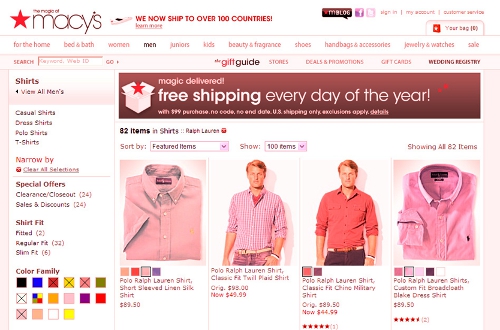
Can you imagine going to Target.com and finding underexposed images of models showing off the retailer's current line of women's wear?
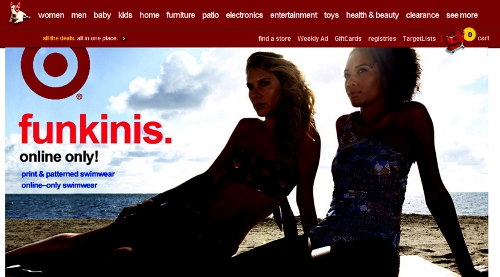
Would Mercedes put amateur-looking, blurry images of its new models on its site? Consumers wouldn't waste any time clicking over to BMW, Lexus or Cadillac's websites!
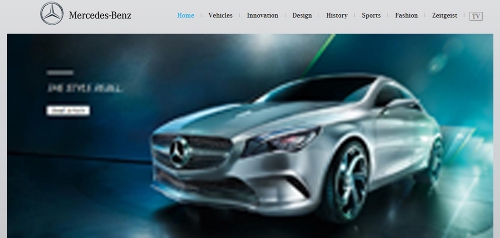
Examples from Real Estate
We all know that MLSs are full of poor quality pictures and that brokerages use these photographs on their sites every day. Such images are fine to share with other agents as a reference. But to present unprofessional photography to consumers is just plain bad marketing. As the Wall Street Journal reported recently, "Poorly considered pictures (on a website) can hurt a company's sales and reputation."
It's not hard to understand how the real estate industry has let this happen--it's the path of least resistance. It was easier for agents and brokers to keep doing things the same old way than it was to invest the time and energy to reinvent real estate merchandising on the web.
It's a huge turn-off to consumers who are accustomed to a higher-quality user experience online. For example, look at the two photos below, of the same living room. Which one do you think would attract more showings?
The dark, shadowy photo with a soft focus? Or the high-resolution shot filled with light, vibrant colors and sharp details?


How about the dining room below? Which photo presents the home in the best possible light? The cramped-looking room with too much red tint in the picture? Or the bright, spacious room with true-to-life colors, gleaming floors and furnishings that look like they're out of a high-end magazine?


First impressions are everything
The screen shot below is of an online listing of a condo that's completely lacking in visual appeal. The snapshots focus on a cramped foyer, interior hallways and a rather ordinary parking lot--rather than the living areas that are of most interest to home buyers.
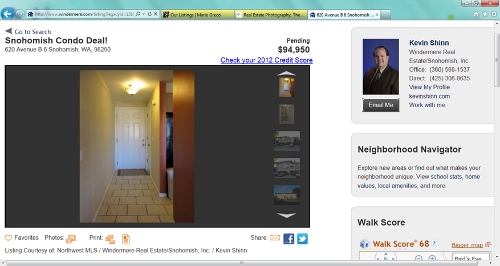 Remember that consumers look at pictures first and form an immediate opinion of a listing (and the listing agent and brokerage representing the property) based on whether or not they like what they see. Even if a home is lovely, a poor photo may result in no showings, which ultimately leads to the dreaded, "You need to lower your price."
Remember that consumers look at pictures first and form an immediate opinion of a listing (and the listing agent and brokerage representing the property) based on whether or not they like what they see. Even if a home is lovely, a poor photo may result in no showings, which ultimately leads to the dreaded, "You need to lower your price."
The next screen shots of listings represent homes in Houston in a similar price range. If you were a buyer, which listing would you look at first?
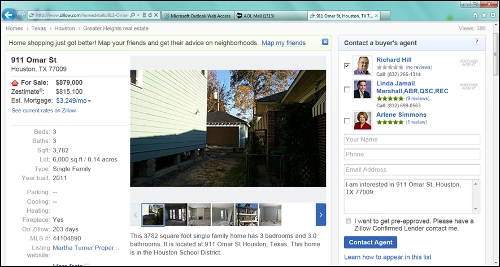
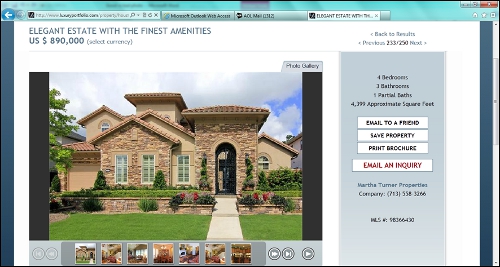
Next, here is a listing that offers plenty of images that are crisp, well-lit and professionally done. But the property description is crammed with so much industry "shorthand" it will make a consumer's head hurt trying to translate the goobledegook. Consumers don't think in jargon-speak or abbreviations. A buyer who wants a home with modern amenities may be looking (and searching on Google) for a "renovated" property, but not a "gut-renov."
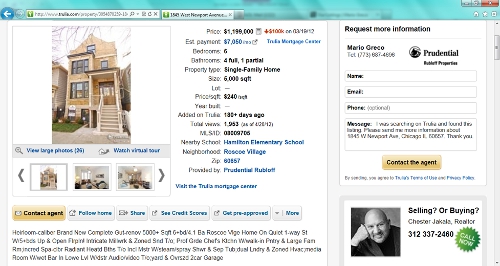
Descriptions such as "open flrpln" and "Roscoe Vlg home" make it harder for buyers to find this listing on Google because consumers are using everyday words to search for properties that match their criteria, such as "open floor plan" or "Roscoe Village homes for sale."
Don't make consumers work so hard to figure out what you're trying to tell them. Make it easy for them to find the type of home they're looking for. Or they will just give up and go elsewhere. As outlined in VHT's previous white paper series, "The Winning Real Estate Brokerage," the critical challenges facing brokers today are differentiating themselves in the eyes of the consumer, getting more search engine exposure, and offering buyers a superior way of searching online. But brokers aren't going to win this battle for home buyers by using the same clunky MLS data and bad photos as every other broker on the web.
For example, drug companies don't market their products to consumers the same way they do to physicians. They use plain language when consumers are the audience and save the medical jargon for the physicians. If brokers and agents want to get consumers' attention, they likewise need to tailor their marketing information for different audiences.
An MLS is fine for agents but consumer marketing demands consumer-friendly words, alluring images and well-crafted descriptions. Does that mean agents will have to enter some listing data twice? Yes, but it's a small price to pay for the reward of becoming recognized by consumers as the local real estate authority in their market.
Learn more about VHT in our product directory and check out their past whitepaper for brokers:









